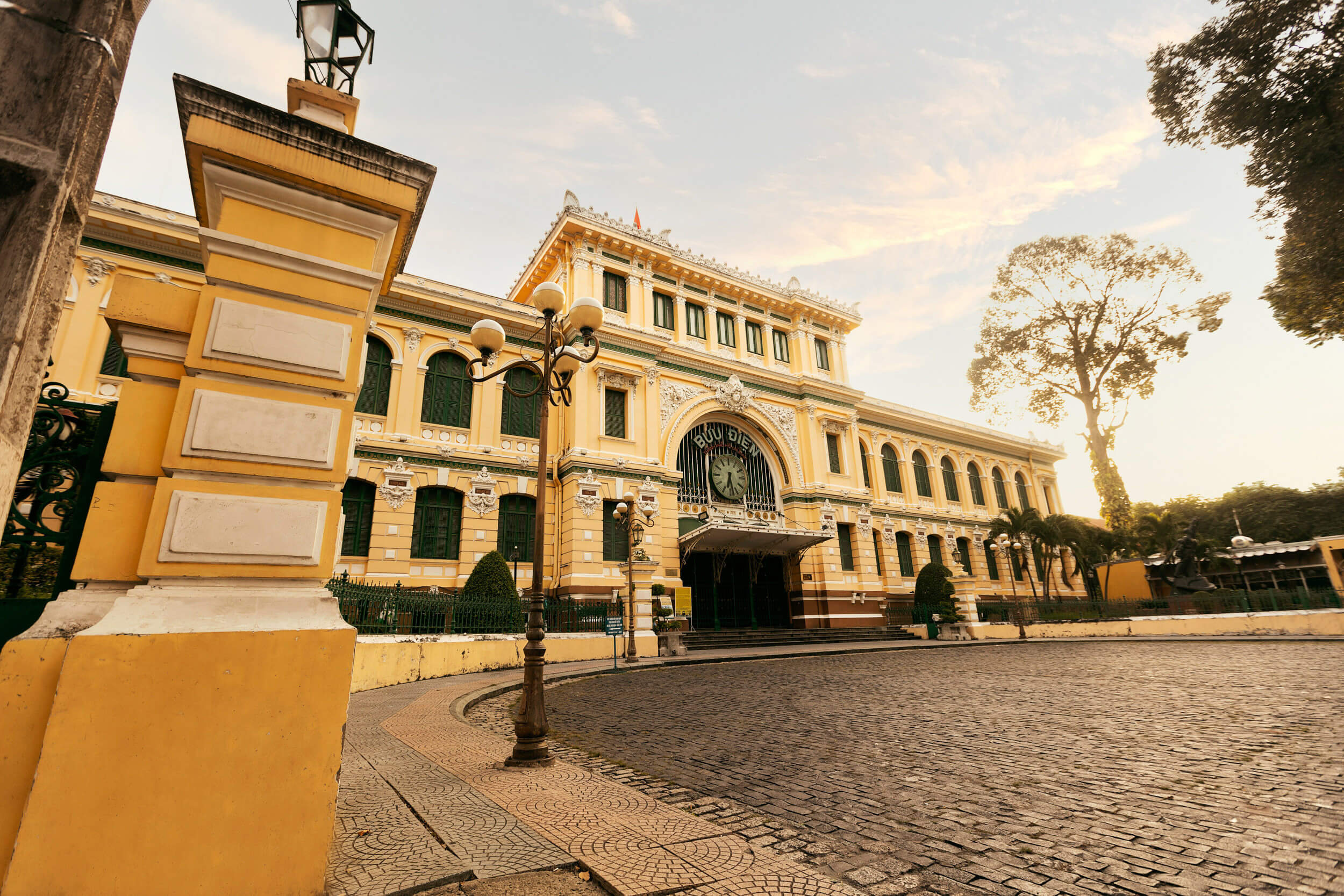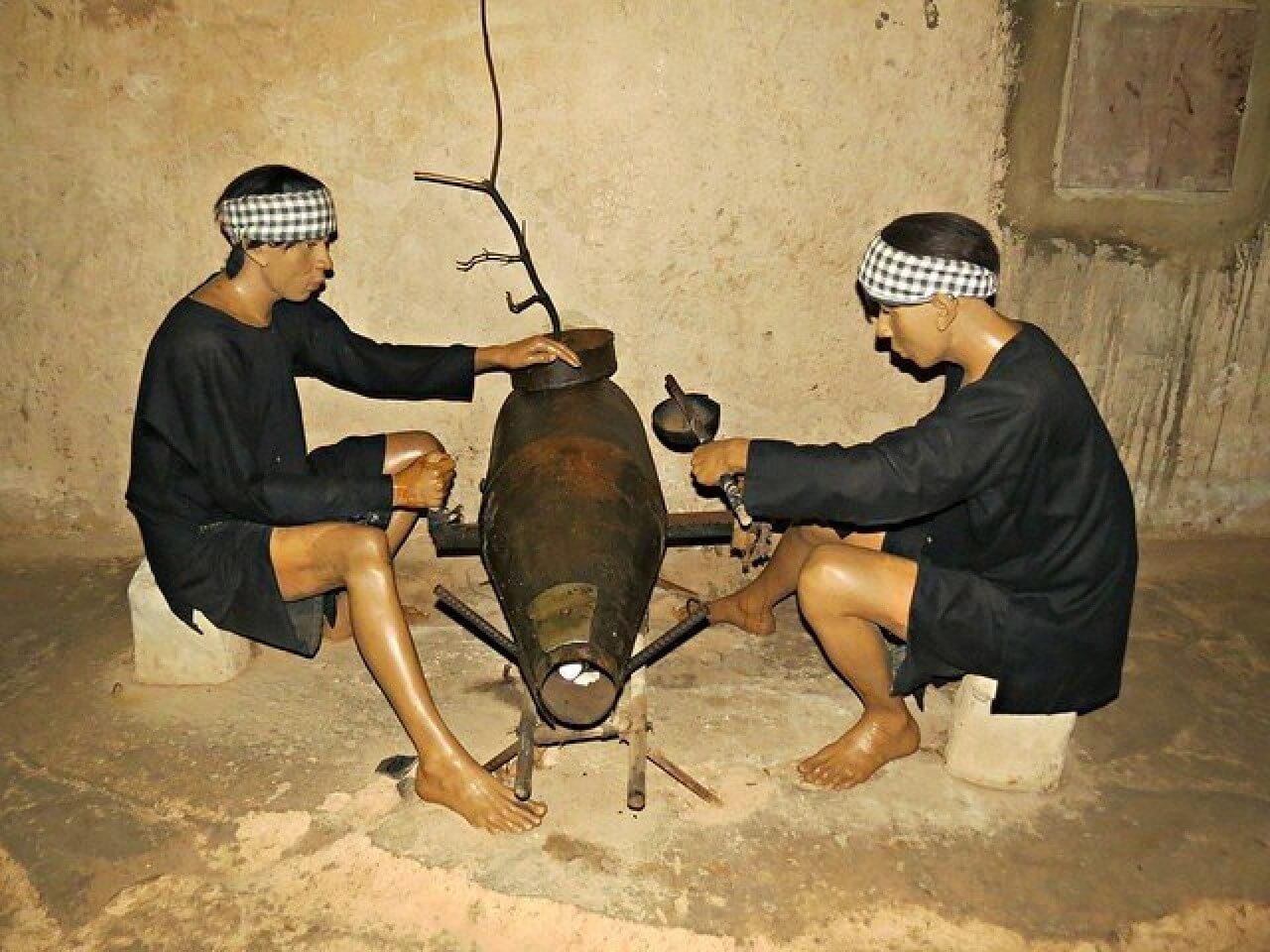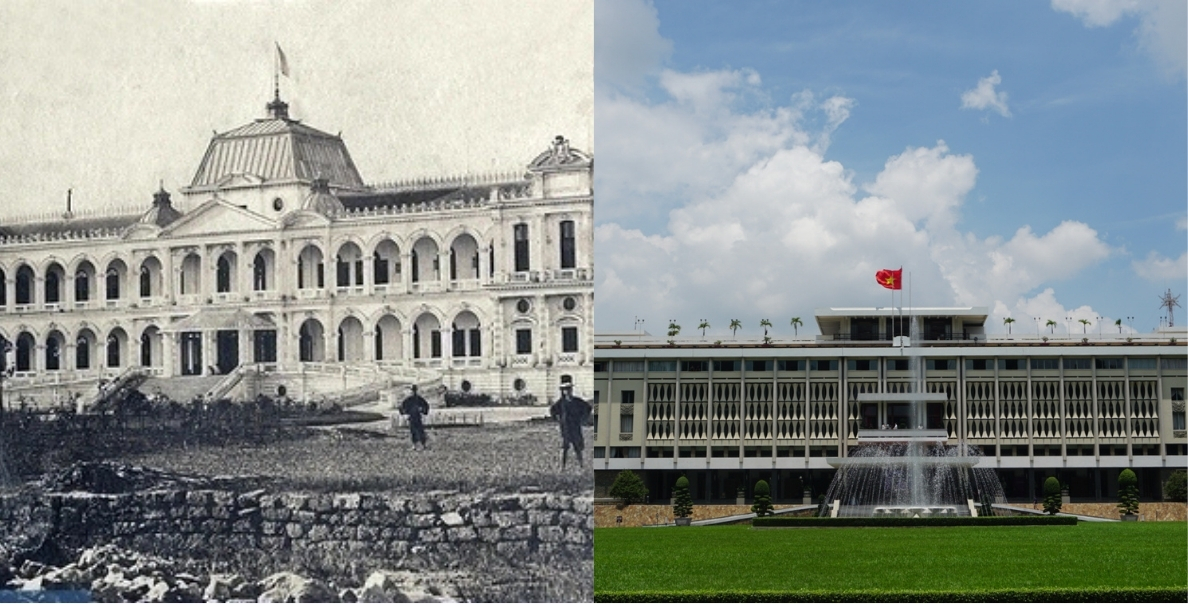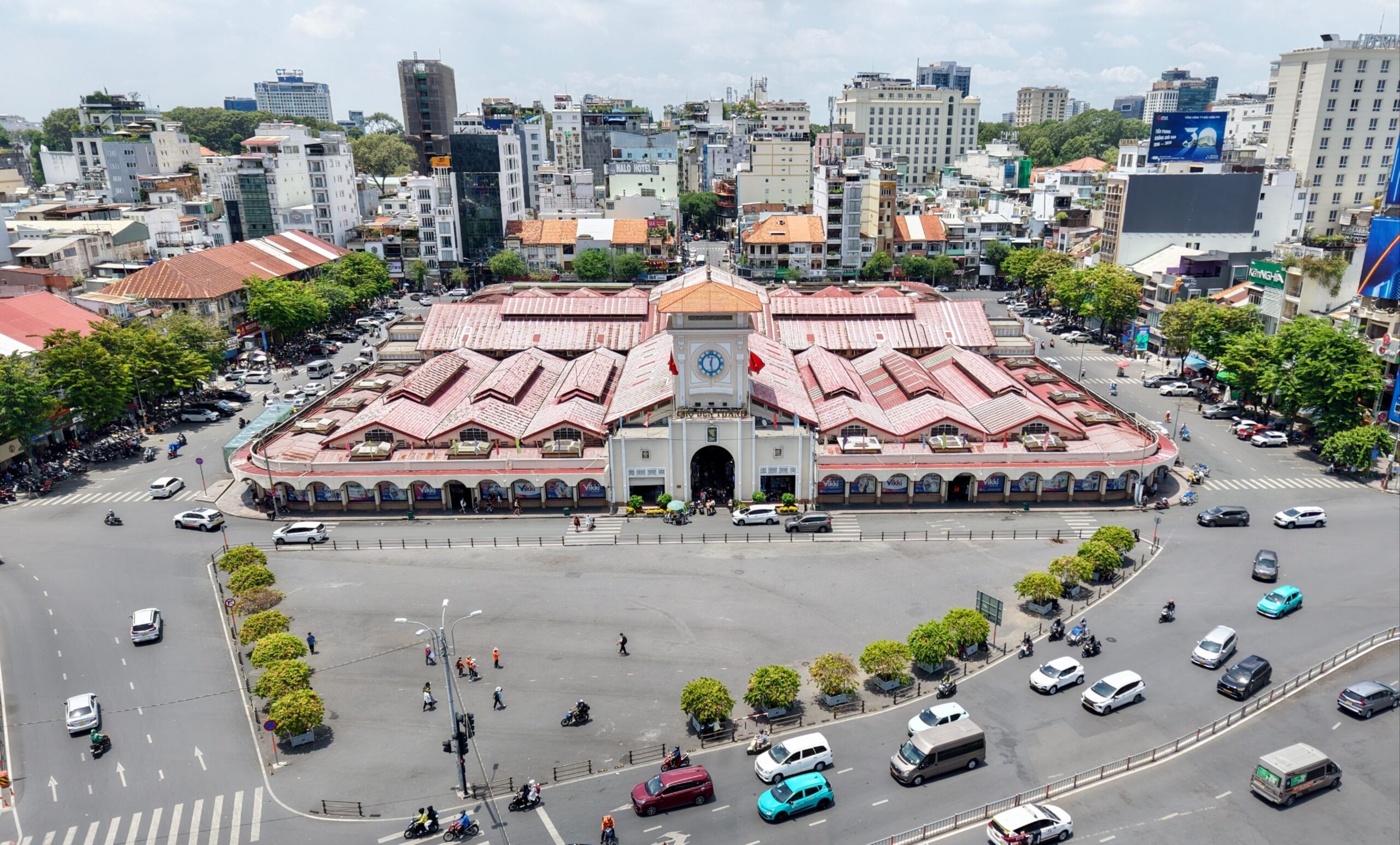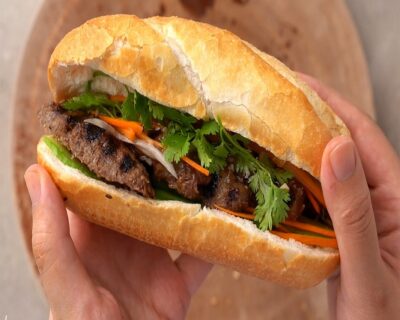
Banh mi – Top 10 the world’s best street food
Page Contents
What is Banh mi?
“That’s a symphony in a sandwich” That is how an influential culinary expert Anthony Bourdain praised Banh mi on the TV show “No Reservation” on CNN to described the most famous Vietnamese sandwich called the Banh mi. The word Banh mi was added to the Oxford English Dictionary on 24 March 2011. As of 2017, Banh mi is included in about 2% of U.S. restaurant sandwich menus, a nearly fivefold increase from 2013.
In Vietnamese, the word Banh mi is derived from bánh (which can refer to many kinds of food, primarily baked goods, including bread) and mì (wheat). Taken alone, Banh mi means “bread”, but also understood to be the Vietnamese baguette.
Breakfast, lunch, even dinner, Banh mi is so popular in Vietnam that almost no one notices its existence, it’s as simple as choosing a daily outfit just like we choose different versions of Banh mi. Banh mi with its variations is increasingly fascinated in the world of culinary.
How was Banh mi created?
For some, the Banh mi is just breakfast — inexpensive calories. For others, it’s emblematic of the past of colonialism. From humble beginnings to global recognition, the history of the Banh mi is also the history of modern Vietnam.

French colonists introduced Vietnam to the baguette in the 1860s, when Vietnam was part of French Indochina. Due to the price of imported wheat at the time, French baguettes and sandwiches were considered luxury items only for upper class. After that, Vietnamese bakers began to mix in inexpensive rice flour (which also made the bread fluffier) because of lacking wheat imports. As a result, it became possible for ordinary Vietnamese to enjoy French staples such as bread.

The Banh mi was born in Saigon in the late 1950s. When Vietnam split into two countries in 1954, approximately one million northerners came south. Among them were Mr. Le Minh Ngoc and Mrs. Nguyen Thi Tinh, credited as the first to create what we now call the Banh mi. They were the first people to put the ingredients inside the bread so the customers could take it with them. The Banh mi revolutionized dining in Saigon — perfect for the hustle of life in the modern world. The family still runs a small restaurant in District 3, called Banh mi Hoa Ma as the first Banh mi restaurant in Vietnam.
After the fall of South Vietnam in 1975, millions of people left Vietnam. They went to countries like The United States of America, France, German, Australia,… which already had an established Vietnamese community. The immigrants, though light in possessions, brought with them their skills and rich traditions. Many of them opened small restaurants to serve other Vietnamese, making changes to incorporate local ingredients in their new homes.
Over time, Americans and Europeans found they enjoyed Vietnamese food as well. Now, Banh mi is everywhere. It’s in American malls and restaurants around the world. For most Vietnamese people, though, it still comes from a street vendor on the side of the street — a Banh mi to start a new day. This is also one of the few dishes that is both street food, can be purchased by poor laborers, and is present in many large luxury restaurants with the same basic taste. The most attractive feature of the bread is its balance, full of sweet and sour taste, vegetables, meat, starch in just one Banh mi. And it is this balance that helps explain why Banh mi – from the West, has an important position in a rice-eating country like Vietnam.
Ingredients
Considered as a dish from the intersection of different cultures and cuisines, Banh mi has a completely different character than any bread in the world. Banh mi comes from French baguettes, but Vietnamese bread is smaller, shorter, special in that the crust is very crisp, the intestines are very soft, with its own secrets that not everyone can imitate. It’s also flour, sugar, water, yeast, but the Vietnamese bakers make become different. There are many secrets to make a Banh mi, one of them is to add a few lemon juice or vitamin C tablets.
The banh mi is usually baked hot and crispy in advance, made a single incision along the body and fill foods inside: the most common filling is the pâté. A sharp knife brushed the pate two or three times. Double strands of carrot, papaya or kohlrabi, a few thin slices of red meat (char siu), pork bologna, butter, and a lot of cucumber and coriander, chili sauce is enough for a standard banh mi.
Times by times, banh mi has many varieties for choosing, at least 20 versions of Banh mi has been used popularly. The most popular variety is banh mi thit, thit meaning “meat” or “pork meat” in this definition.

Banh mi thit
Other varieties include

Banh mi bi (shredded pork) – shredded pork or pork skin, doused with fish sauce

Banh mi xiu mai (minced pork meatball) – smashed pork meatballs

Banh mi thit nguoi (ham) and Banh mi ca moi (sardine)

Banh mi xa xiu or Banh mi thit nuong (barbecue pork)

Banh mi pa-tê (pâté)

Banh mi ga nuong (grilled chicken)

Banh mi trung op-la (fried egg) – contains fried eggs with onions, sprinkled with soy sauce, sometimes buttered; served for breakfast in Vietnam Banh mi cha ca (fish patty)

Banh mi kem (ice cream) – contains scoops of ice cream topped with crushed peanuts
And when people thought there was nothing more to be created about this famous international dish that has been continuously created for 150 years, Vietnamese people still keep coming up with new versions. The latest one must mention the dragon fruit banh mi version. It made to rescue farmers during the epidemic season
Dragon fruit Banh mi
Over 150 years of appearing in Vietnam, whether old or new, bread variations have never disappointed culinary enthusiasts. That attraction me as a Vietnamese how fortunate I am to live in a country where we can taste the culinary excellence just by stepping on the street or any simple restaurant. Above all, these inventions also show how much Vietnamese people love Banh mi, and how open we can be.










